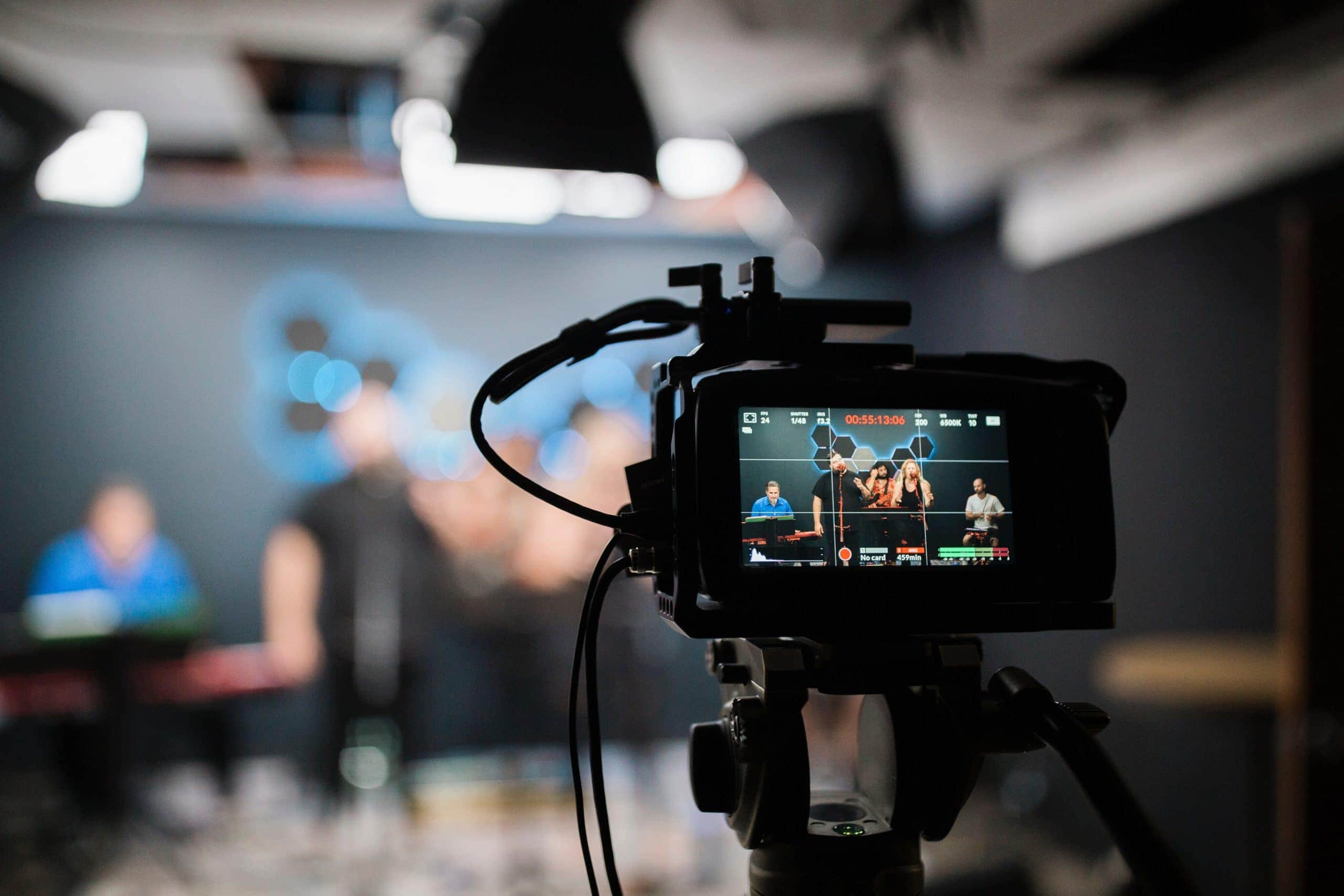Because of the current Coronavirus COVID-19 pandemic, live streaming has moved from side-stage to center stage. Many churches are closing their doors for the next several weeks (or months) and scrambling to either start live streaming or bring things to the next level. For years, many churches viewed live streaming as a way to help the few who couldn’t make it to the live worship experience (or maybe to extend their reach beyond their walls a bit), but for now, it’s the primary way churches will communicate their sermons and information for the foreseeable future.
We’re all in this together, and Digital Church is doing everything we can to develop tools for our churches to be able to reach their people in this digital-only landscape. The first step was to finish up a live streaming integration we’ve been working on for several months. If you log into the dashboard on your Digital Church website, you should see a live stream widget right in the first page of the admin area. You can also visit the live streaming settings by going to Settings > Sermons in the dashboard.
Once you’re on the site settings page, you’ll see three options: Facebook, YouTube, and iFrame. Any dedicated streaming platform should provide you with an iframe code that you can use to embed their stream on your website. YouTube and Facebook work a little differently, though, so we’ve built specific integrations to help you get the most out of these two free-to-stream platforms.

Facebook Live
Facebook seems to be the first place churches consider streaming. The engagement you can find natively on facebook is incredible. You’ll have access to a commenting and reaction framework that integrates nicely within facebook, and people can easily share the stream with their friends to help you broaden the impact of the live stream and get the Gospel out to more people.
There’s one BIG caveat, though. Facebook generates a unique video URL for each video and doesn’t give you any way to automatically access every “latest or current video” in an embed. So we created a workaround for you on our platform. As soon as you schedule or start a new live stream, the unique live video URL will be available. All you need to do is copy and paste the updated video URL in your dashboard live stream settings page and BOOM. Your whole site is now updated with the latest stream. No digging through embed codes. No “embed generators” to deal with. Just copy and paste the video link.
Once your stream is set up, you can add a livestream anywhere on your site with a simple

YouTube Live
YouTube goes one step further toward a full-fledged live streaming platform. If you set up your channel and go through the live streaming approval process (which can take a day or two), you’ll be able to access your current or latest live video with a channel ID. Just get your channel ID from your YouTube channel settings and paste it into your Digital Church website live stream settings page. Save the changes and you’re feed will always display your latest or current live video.
Just add the

Third-Party Live Streaming Platforms
Every other live streaming platform we’ve found gives you access to an iframe embed code that you can copy and paste into your Digital Church website live streaming settings page to set your site to use that stream. Anywhere on the site where you add the
One More Thing…
Just integrating the feed wasn’t enough for us! We wanted to give you a simple countdown timer that can be placed anywhere on your site. The timer counts down to your “on-air” time. Once that time arrives, the timer turns into a “Live” notice. When your “off-air” time comes around, the countdown comes back and starts counting down to next week. You can add your timer anywhere on your site with a simple

We also baked in a really cool feature to the live timer… Let’s say you want to only show the livestream when you’re on-air, and when you aren’t on-air, you want to display the sermon archive posts. Well, as long as the timer is active on the page, it will fire some extra script that can hide or show some additional content. Any element you want to show during your on-air window just needs to have a class of “on-air”. Likewise, anything you want to hide while you’re on-air (and show while you’re off-air) you can give the “off-air” class. (Look in the advanced tab of the page builder and you’ll find a field for class. You can only do this to one element on the page, so be strategic. You may need to set up two entire rows to include everything you want to change.)
Also, we’ve integrated the new live stream features into our Live page template in the page builder, so if you don’t have a dedicated live streaming page on your website, just import that page template and you’ll be all set!
As always, reach out to us via chat if you need any help!
